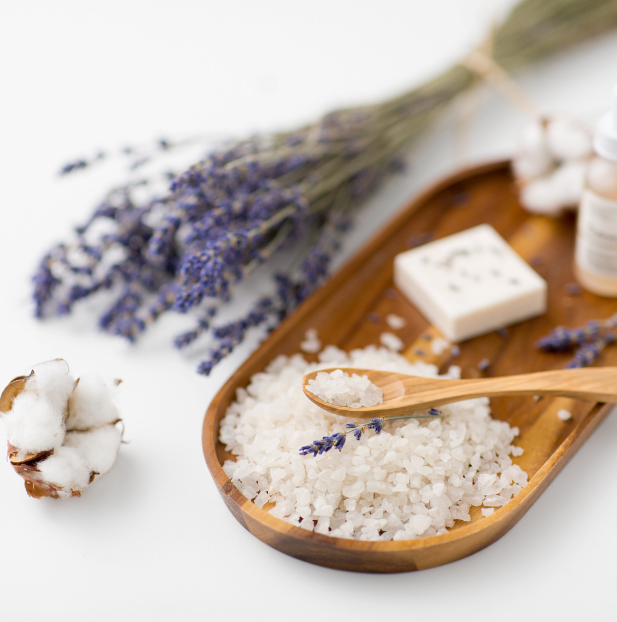Despite its lack of finesse, coarse salt is a beloved element in gourmet kitchens across the globe due to its imparting isotonic properties, being highly diverse, and possessing an unusual granulation. Coarse salt is much less refined than table salt as it has not been ground down to a fine powder and contains no additives. The larger grain size makes the salt purer and more natural, which makes it an important ingredient for chefs.
Flavor Enhancement
One of the best reasons for coarse salt to be in every gourmet kitchen is that it can also raise flavor profiles natively unaddressed by other table salts. Since the larger crystals dissolve more slowly, they provide a slower release of flavor. The slow dissolution gives chefs more control over the seasoning, preventing the salt from becoming overpowering and instead being able to bring out flavors in an ingredient without it tasting simply salty.
This is best used in grilling, roasting, and baking. It creates a crust of stickiness on meat, which keeps in the juices, enhances flavor, and soaks into and penetrates! Vegetables can be dusted with coarse salt before roasting; it will bring out their sugars and give a lovely crunch. In baking, it can be sprinkled over cookies or on a loaf of bread for texture and flavor pop.
Versatility in Cooking
Its diversity is the other explanation why coarse salt is a must in gourmet kitchens. It is suitable for a wide range of cooking methods, including seasoning, finishing, brining, and curing. For instance, when brining, coarse salt is the standard choice because its larger crystals distribute throughout liquid better than such fine particles, creating a more stable brine solution. This is to ensure that the meats and vegetables will absorb just enough salt, creating a tastier product in the process.
Coarse salt is also perfect for curing meats and fish—a centuries-old traditional method of preservation. It's ideal for making treats like prosciutto or gravlax because of its capacity to extract moisture and impart flavor at the same time. Because of the salt's texture, it can be distributed evenly, resulting in a constant curing process.
Coarse salt is used in cooking, but it's also frequently used to make salt crusts for foods like entire roasted fish. As the meal cooks, the salt crust serves as a barrier to keep moisture and steam within, making for dishes that are soft and tasty with no need for additional seasoning.
Aesthetic Appeal and Texture
Coarse salt also has an aesthetic appeal that fine salt lacks. Its larger, irregular crystals add a rustic charm to dishes, making it a popular choice for finishing touches. A pinch of coarse salt sprinkled over a dish just before serving not only enhances the flavor but also adds a visually appealing texture. The slight crunch from the undissolved crystals provides a pleasant contrast to soft or creamy foods, creating a more dynamic eating experience.
Conclusion
To sum up, because of its unmatched flavor-enhancing power, adaptability to a wide range of cooking techniques, and visual beauty, coarse salt is a must-have in every gourmet kitchen. Coarse salt adds a depth of flavor and texture to any dish, whether you're seasoning a steak, brining a turkey, or finishing a salad. It makes every meal seem spectacular. These arguments demonstrate why coarse salt is an essential ingredient for every serious chef rather than merely a luxury.

